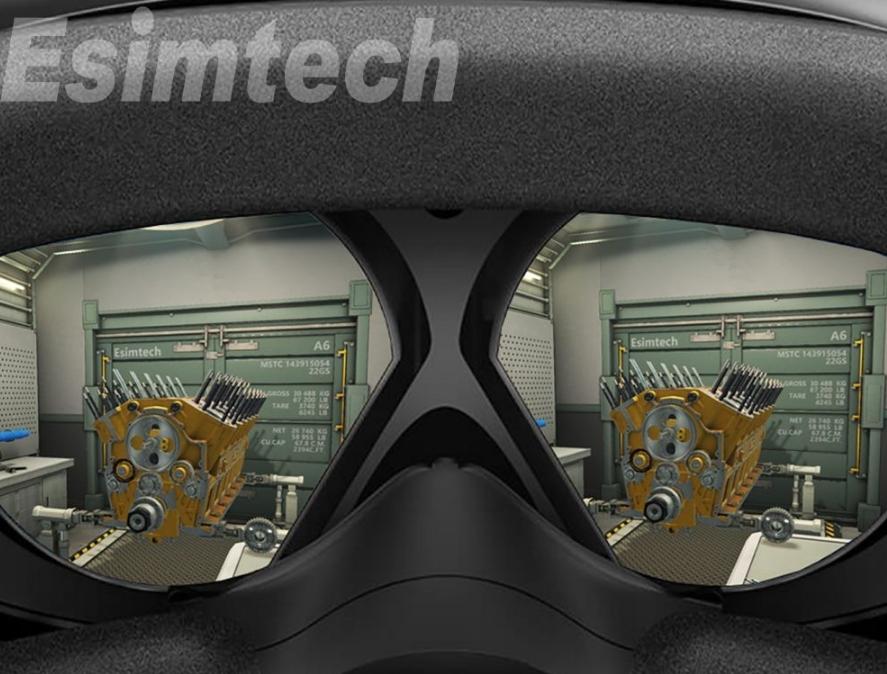The oil and gas industry is one of the most high-risk sectors, where emergency preparedness can mean the difference between life and death. Traditional training methods, while valuable, often lack the realism and adaptability needed to fully prepare crews for unpredictable scenarios. Enter AI-driven virtual reality (VR) simulations—a cutting-edge solution that creates dynamic, immersive training environments for oil rig crews.
The Power of AI-Enhanced VR Training
Unlike static training modules, AI-driven VR simulations generate real-time, adaptive scenarios that mimic the chaos of real emergencies. Using machine learning algorithms, these systems adjust difficulty levels, introduce unexpected hazards, and even analyze crew responses to provide personalized feedback.
For example, a simulation might start as a routine fire drill but suddenly escalate into a multi-threat scenario—such as a gas leak combined with equipment failure—forcing the team to prioritize actions under pressure. This unpredictability ensures that crews develop critical decision-making skills rather than just memorizing procedures.
Key Benefits for Oil Rig Safety
Realistic, Risk-Free Training – VR allows crews to experience high-stakes emergencies without real-world consequences. They can practice responding to blowouts, fires, or structural failures in a controlled yet lifelike environment.
Adaptive Learning – AI tailors scenarios based on individual performance, reinforcing weak areas and progressively increasing complexity. This ensures continuous improvement rather than one-size-fits-all training.
Team Coordination Practice – Oil rig emergencies require seamless teamwork. VR simulations replicate communication challenges, such as loud machinery or obstructed visibility, helping crews refine coordination under stress.
Data-Driven Insights – AI tracks response times, errors, and decision patterns, providing actionable analytics. Supervisors can identify skill gaps and optimize future training sessions.
The Future of Emergency Preparedness
As AI and VR technologies advance, these simulations will become even more sophisticated, incorporating haptic feedback for tactile realism and multiplayer VR for remote team training. Some companies are already integrating digital twins of actual oil rigs, allowing crews to train on virtual replicas of their worksites.
Conclusion
AI-driven VR simulations are revolutionizing safety training for oil rig crews, bridging the gap between theory and real-world application. By immersing workers in dynamic, high-pressure scenarios, this technology enhances preparedness, reduces human error, and ultimately saves lives. As the industry embraces digital transformation, AI-powered VR will become a cornerstone of emergency response training—ensuring that when disaster strikes, crews are ready.

